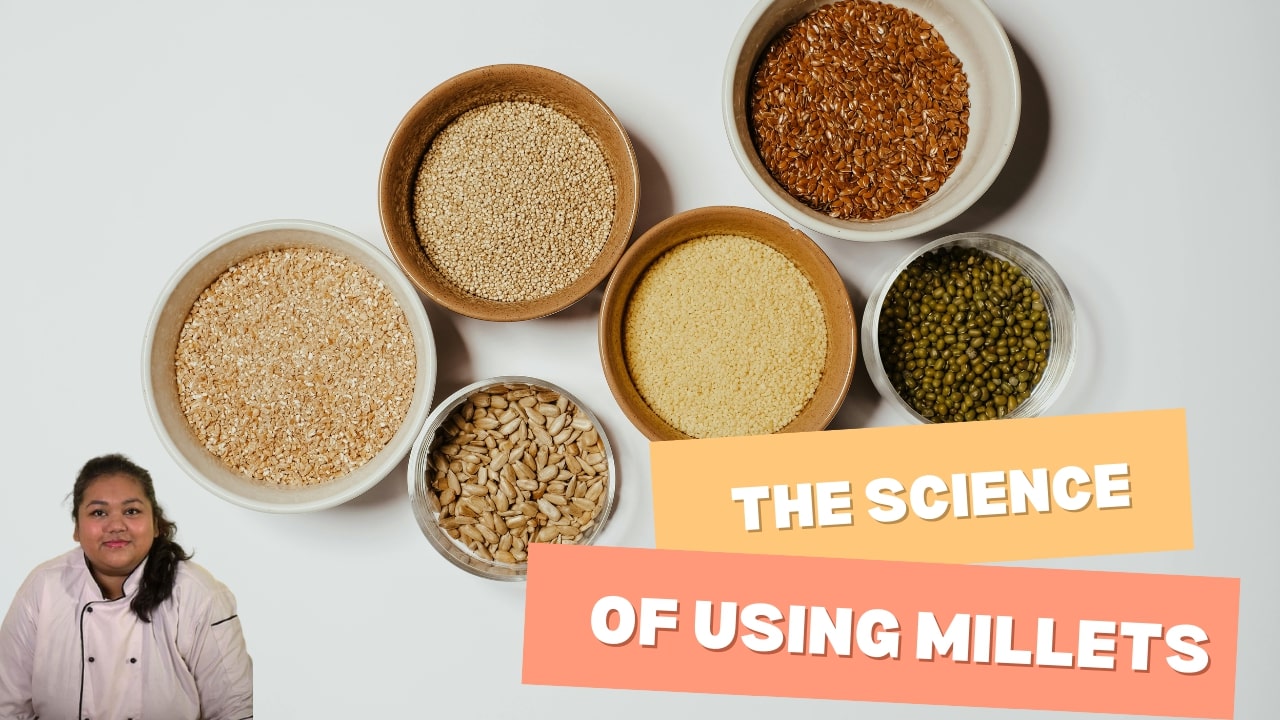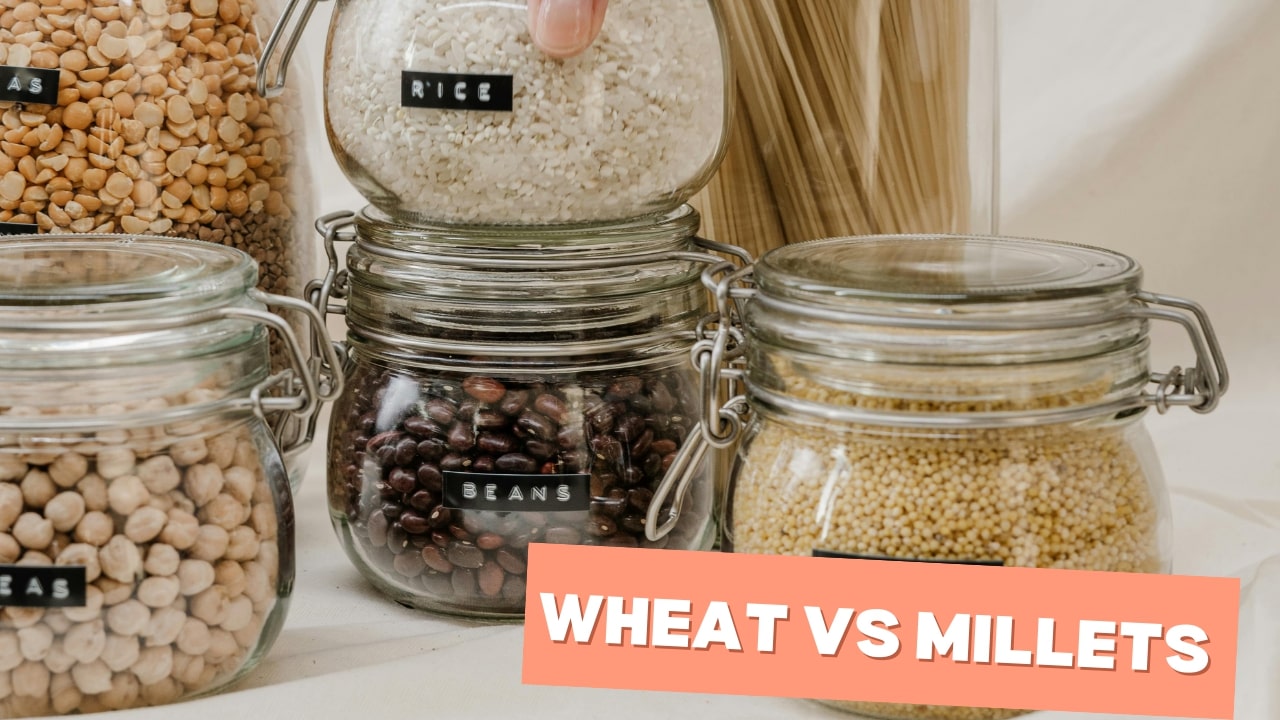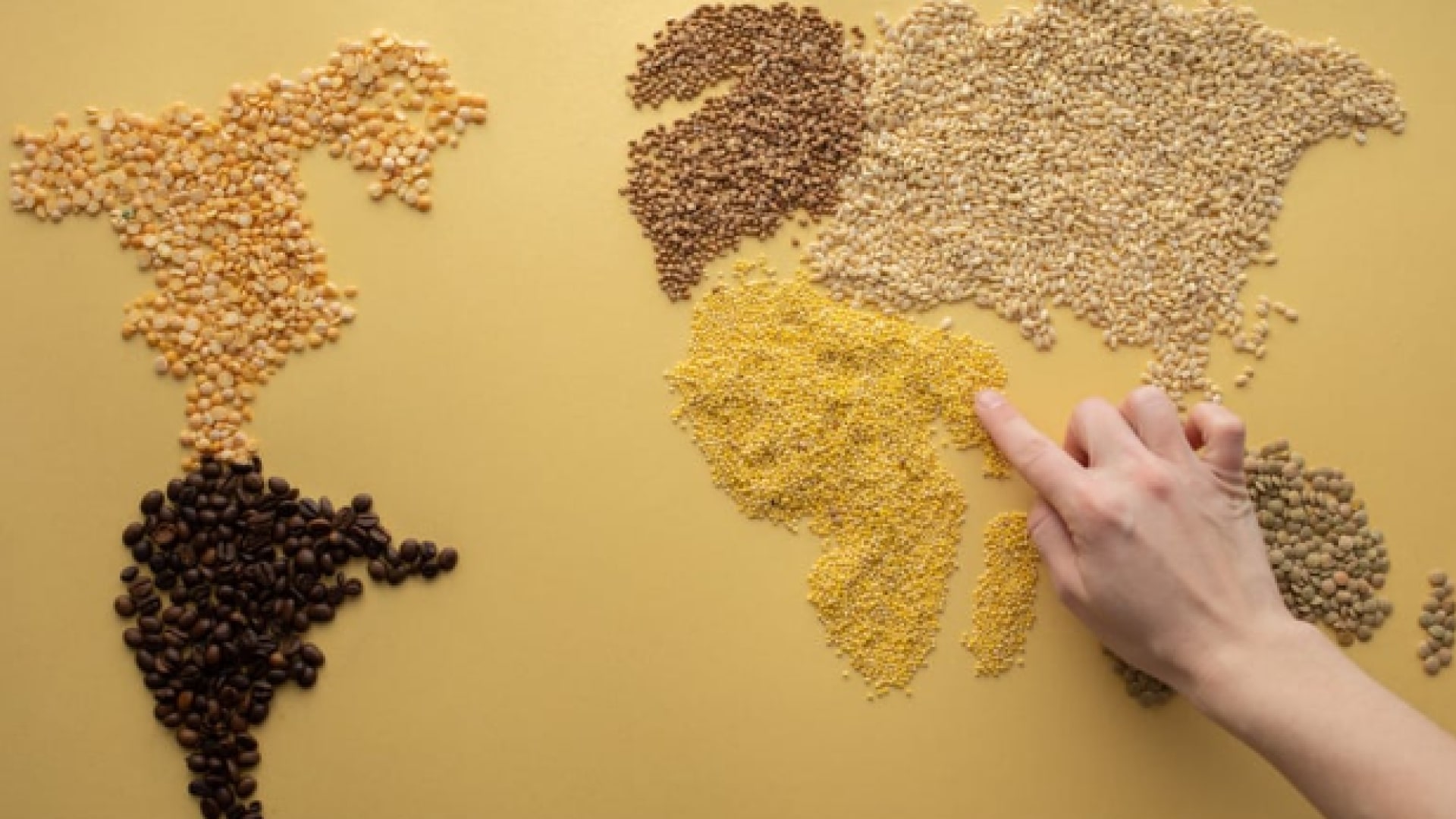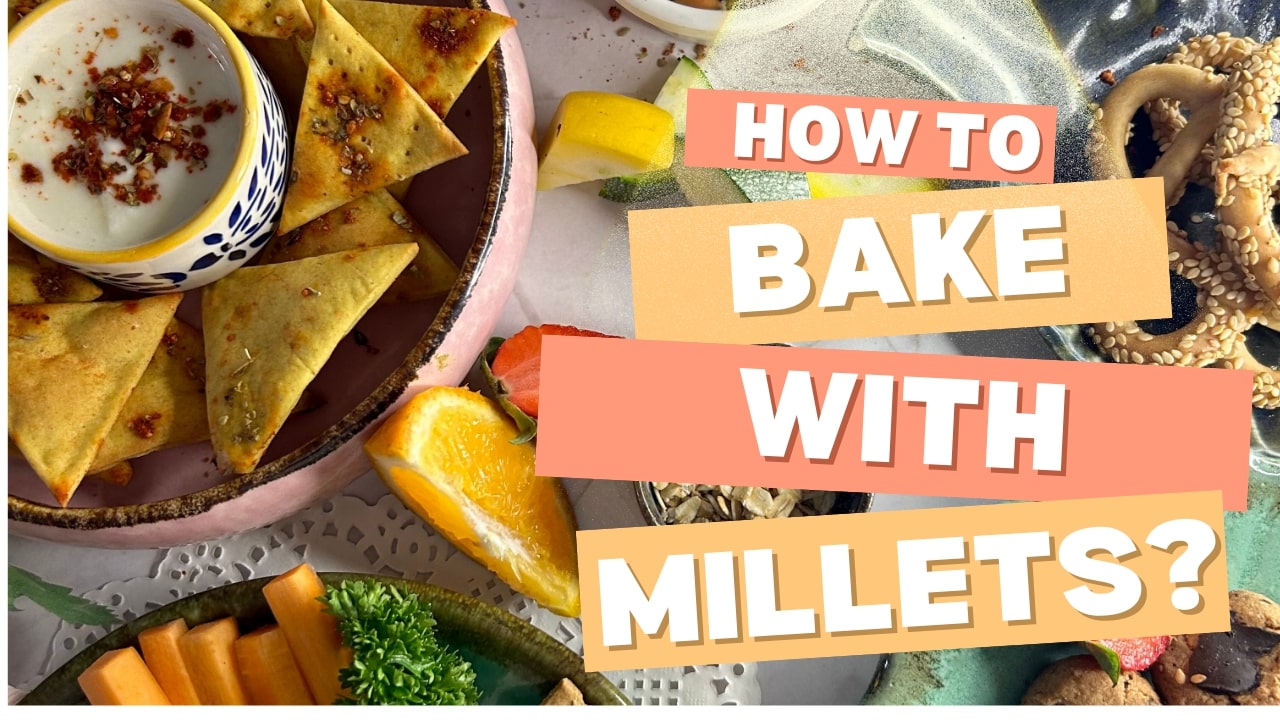
The Science of Millets: Small Grains with Great Power
In a world where everyone is in pursuit of superfoods, millets finally have the shine they deserve. These old-world grains

When it comes to healthy baking, the debate between wheat and millet is gaining more attention than ever. With more people exploring nutritious alternatives and ancient grains, choosing the right flour base can transform not just the flavor of your bakes but also their health benefits.
So, let’s dive into the differences, benefits, and how each one performs in baking—so you can make the right choice for your kitchen.

Wheat is the most commonly used grain in baking. It comes in several varieties like whole wheat, all-purpose, and refined flours. Its gluten content makes it ideal for giving bread and cakes they’re soft, chewy texture.
But not all wheat is created equal. Refined wheat loses a lot of nutrients during processing, while whole wheat retains the bran and germ, making it a better option for health-focused baking.

Millet includes a group of small-seeded grains like finger millet (ragi), pearl millet (bajra), foxtail millet, and others. Naturally gluten-free, millets are known for their incredible nutritional value and easy digestibility.
Millets are especially beneficial for those managing diabetes, looking to lose weight, or following a gluten-free diet.
Here’s how both flours perform in baking:
| Criteria | Wheat Flour | Millet Flour |
|---|---|---|
| Texture | Light, soft, chewy (thanks to gluten) | Dense, slightly crumbly |
| Taste | Mild and neutral | Nutty, earthy, slightly sweet |
| Versatility | Very versatile (used in cakes, breads, etc.) | Best in flatbreads, cookies, muffins |
| Ease of Use | Beginner-friendly | Needs balancing with binders or wheat flour |
| Gluten Content | Contains gluten | Naturally gluten-free |
| Nutritional Boost | Moderate (higher in whole wheat) | High in nutrients and fiber |
There’s no one-size-fits-all answer. If you want softness and elasticity in baked goods like breads and cakes, wheat (especially whole wheat) is reliable. But if you’re aiming for more nutrition, better digestion, and a gluten-free diet, millet is the clear winner.
In fact, many healthy bakers combine both flours to get the best of both worlds—texture from wheat and nutrients from millet.
If you’re baking for everyday meals and love experimenting, start incorporating millets slowly—try them in muffins, cookies, and pancakes. For festive or fluffy bakes, wheat might still be your go-to. At the end of the day, healthy baking is about balance, variety, and enjoying what you create.
So, whether you’re team wheat or team millet—bake with love, and your body will thank you!

In a world where everyone is in pursuit of superfoods, millets finally have the shine they deserve. These old-world grains

If you love baking and want to turn it into a business from home, that’s amazing! But before you start

Hello friends! I am Chef Sushmita, and today I’ll be sharing with you some easy tips and tricks of baking